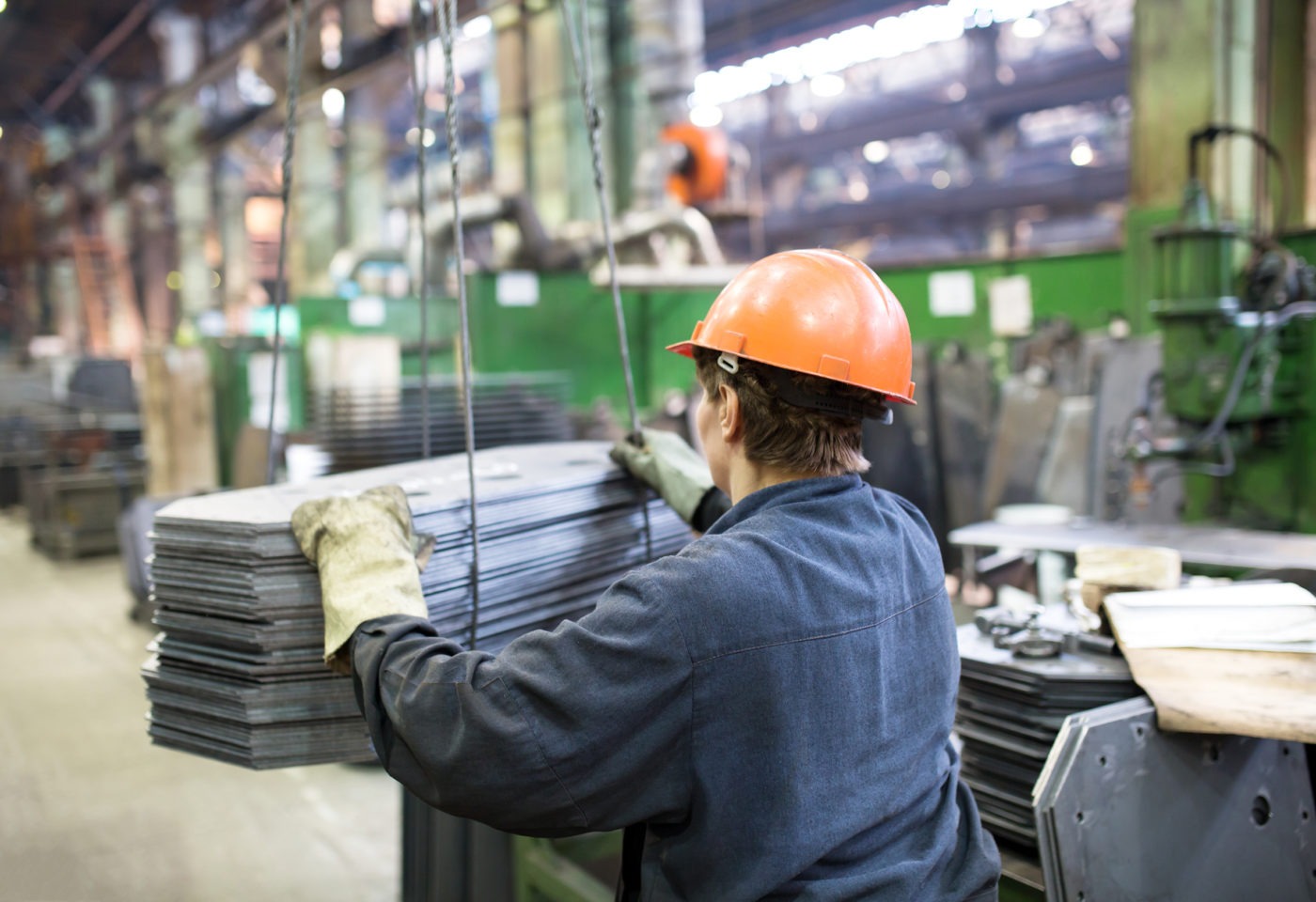Canada has come a long way since the dark days of the 1970s when regional divisions and jurisdictional squabbles threatened to pull us apart.
It’s disappointing, then, to see remnants of those centrist attitudes re-emerge as the West (and our easternmost province, as well) face an economic tsunami triggered by the collapse of energy prices.
A small, self-righteous elite in Ontario is exhibiting signs of schadenfreude, barely concealing the glee they feel at Alberta’s and Saskatchewan’s oil-glut driven reversal of fortunes. As thousands of westerners (and Ontarians, East Coasters and others) lose their jobs and see their termination packages run out, some thinkers are suggesting that Canada should seize this opportunity to “rebalance the economy.”
Rebalancing, in this case, means putting our eggs back into the manufacturing basket in central Canada. The theory goes that with a low, low Canadian dollar (hovering a bit below 70 cents US), central Canada’s manufacturers can get back on their feet by selling products to the world at prices discounted by Canada’s sagging currency. Armed with these theoretical new fortunes, Canada can accelerate its shift away from being a commodity-based economy.
A particular target for the economic revolution, not surprisingly, is the beleaguered oilsands industry.
“Certainly, it makes no sense in climate-change terms to keep the Alberta oilsands,” writes Toronto Star columnist Thomas Walkom. “Increasingly, it makes less sense economically.”
Let’s pause for a moment to consider those words. Underlying them is the assumption that: a) the oilsands (which are given the derogative label “tar sands”) are ethically wrong, b) that low commodity prices are somehow bringing about a good, and c) central Canada’s manufacturing sector can recover enough to lead a recovery.
It’s time to do a reality check on these assumptions:
Evil oilsands:
There is no question that the oilsands in Alberta and Saskatchewan have been high-emission sources of crude oil. The trend, however, has been steady progress in reducing those greenhouse gas (GHG) emissions over time. An industry group, the Canadian Oil Sands Industry Alliance, reports that member companies have shared 814 distinct technologies and innovations that are improving environmental performance. Between 1990 and 2011, oil sands GHG emissions per barrel were reduced by 26 per cent, according to Natural Resources Canada.
Globally, the oilsands produce a tiny fraction of the world’s GHGs. In 2010, for example, GHG emissions from European electricity generation alone were more than 25 times greater than emissions from the oil sands. There is even greater growth in emissions from emerging economies. Around the world, GHG emissions grew by 40 per cent between 1990 and 2011. In the same time period, Canada’s share has been less than two per cent.
Low commodity prices:
Whether it’s B.C.’s softwood, Manitoba and Saskatchewan’s grain and pulses or Alberta’s oil, commodities have sustained Canada’s economy throughout much of its history. Low prices gut the economy and leave large portions of the country with no economic foundation. It forces the country to look to manufacturing as a go-to saviour, but . . .
Manufacturing’s chances:
It is a misguided fantasy to think that manufacturing can achieve a sustained recovery. Take the auto industry in Ontario as a telling example. Canada’s share of North American auto output is at its lowest level since 1987. In 2014, global auto makers announced investments of US $7 billion in Mexico, including three new assembly plants. In the same year, the industry invested just more than one-tenth of that amount in Ontario, according to the Center for Automotive Research (CAR), an industry think tank in Ann Arbor, Mich. (For more on why Canada’s auto industry is deader than a Massey Ferguson tractor factory, read 10 ways Mexico is winning in this article.)
Will a low dollar turn things around? Not now, when Mexico’s wages are about US $8 an hour while Canadian autoworkers receive US $50 in wages and benefits. In addition, Mexico offers location and market access advantages.
The aerospace industry is doing no better. Last year, aircraft (and train) manufacturer Bombardier needed a $1 billion bailout to keep the doors open. And just this week, the Montreal-based manufacturer lost a $3-billion contract to U.S.-based Boeing.
So, back to reality. Canada’s economic health still hinges on the export of commodities, and the largest portion of that that has been oil and gas. Further, companies in Canada are developing technologies to deliver these products sustainably – technology that can be used by others around the world.
There’s no going back to the myth of the good old days of a manufacturing-driven economy. We must recognize how the world has changed around us. Trade deals like the Trans-Pacific Partnership will take our traditional markets (primarily the U.S.) away from us if we don’t rise to the competition.
For the foreseeable future, there is no viable way to “rebalance” the economy. We have no choice but to get in the game. The revenue from robust commodity prices will get us there.
– Doug Firby is Director of Communications.
